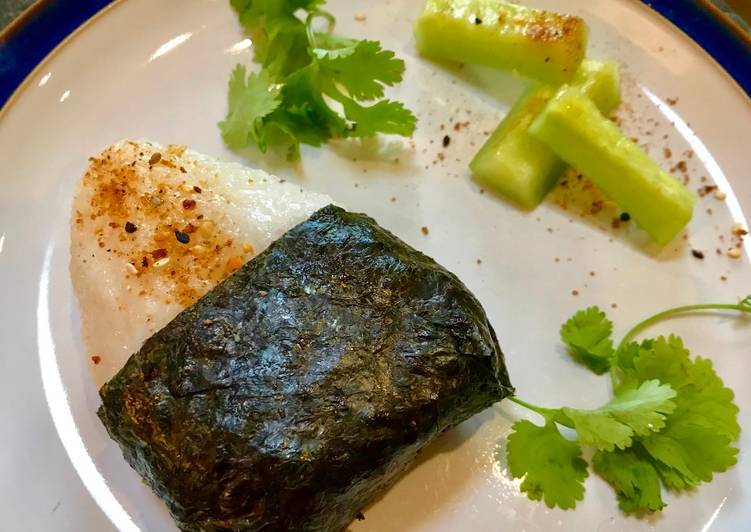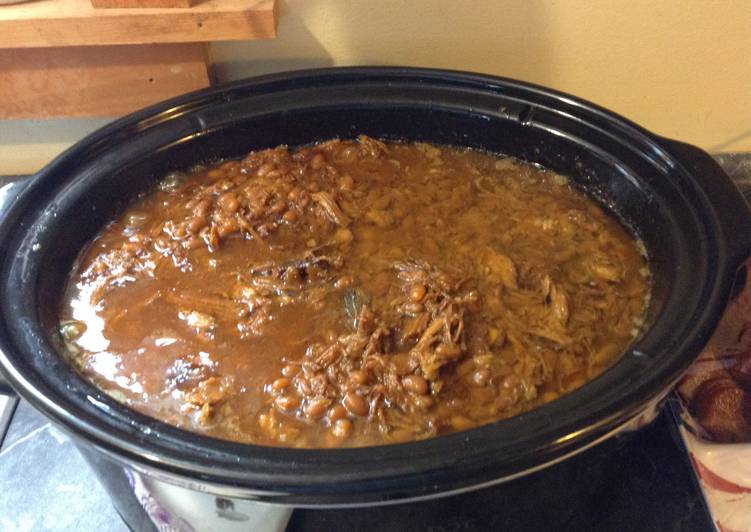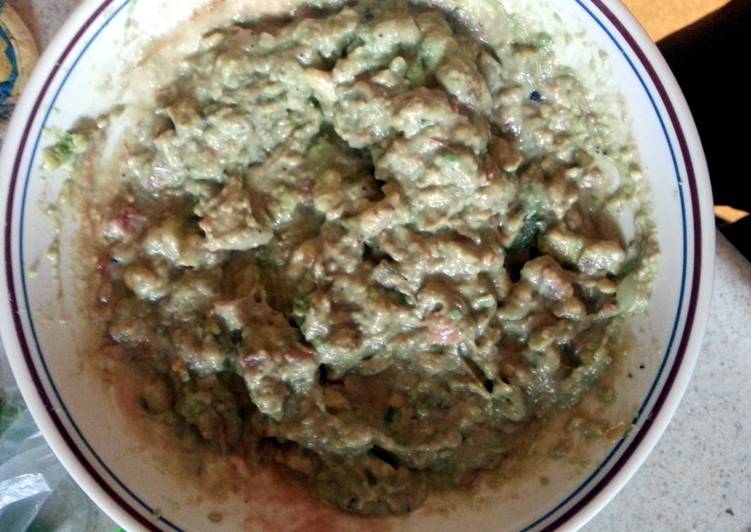
Hey everyone, it is me, Dave, welcome to my recipe page. Today, we’re going to prepare a special dish, teriyaki salmon onigiri (japanese rice cakes). One of my favorites food recipes. For mine, I’m gonna make it a bit tasty. This will be really delicious.
Create a deep indent in the middle of the rice. Press the rice around the filling to cover the filling completely. Press the rice to form a triangle. Try my take on this Japanese classic to find out why!
Teriyaki Salmon Onigiri (Japanese Rice Cakes) is one of the most well liked of current trending meals in the world. It is easy, it’s fast, it tastes yummy. It is appreciated by millions daily. Teriyaki Salmon Onigiri (Japanese Rice Cakes) is something which I’ve loved my whole life. They are nice and they look fantastic.
To begin with this recipe, we must prepare a few ingredients. You can have teriyaki salmon onigiri (japanese rice cakes) using 8 ingredients and 6 steps. Here is how you can achieve it.
The ingredients needed to make Teriyaki Salmon Onigiri (Japanese Rice Cakes):
- Make ready 250 g sushi rice
- Take 3 table spoons sushi rice seasoning
- Take 2 sheets sushi nori (roasted seaweed sheets)
- Get 2 salmon fillet portions
- Make ready 1 tablespoon honey
- Get 50 ml soy sauce
- Take Sesame seeds
- Take Chilli spice mix or a decorative seasoning of your choice
Growing up in Japan, I enjoyed eating a variety of fish, and salmon is one of the most available fish we eat at home. Japanese onigiri—rice balls stuffed with delicious fillings and wrapped in nori—is an ideal afterschool snack or lunchbox addition. The omelet is sweet, has a light texture, and works well when served over sushi rice and with soy and wasabi sauce for dipping. Tamago is the Japanese word for egg.
Steps to make Teriyaki Salmon Onigiri (Japanese Rice Cakes):
- Prepare the sushi rice: Rinse the rice 3 or 4 times until the water runs clear. Add to a pan with 330ml of water and bring to the boil. Cover and simmer for 10 minutes. Remove from heat and leave with lid on to steam for 20 minutes. Mix in a bowl with the sushi rice seasoning and stir lightly with a wooden spoon until it reaches somewhere near room temperature. Use a fan to speed this process up.
- Prepare the filling: Mix the honey, soy sauce and garlic powder together in a small bowl with a little hot water from a kettle. Gently pan-cook the salmon fillets for a couple of minutes, then add the teriyaki sauce. Gently flake the salmon as it cooks. The sauce should be reduced to a sticky reside that covers the salmon flakes.
- Wet your hands, then take a handful of the sushi rice and roll into a ball. Then form into a cup-shape and fill with some of the salmon. Push the edges of the cup together, adding a little more rice if needed so the salmon is completely covered. Then form into a shape of your choice - balls are good, but go for a traditional Japanese triangle/wedge shape for real authenticity.
- Take a sheet of sushi nori and place around the cake, leaving plenty of rice exposed. A single short strip of nori folded around the bottom of the cake is the easiest approach, or you can completely cover the bottom of the cake as shown in the photo - use a little water as 'glue' to make the nori stick.
- Sprinke the sesame seeds and some chilli powder on the exposed rice.
- Enjoy!
The omelet is sweet, has a light texture, and works well when served over sushi rice and with soy and wasabi sauce for dipping. Tamago is the Japanese word for egg. See recipes for Salmon Onigiri too.. Salmon Pink Spiral Onigiri Rice Ball 🍙. salmon flake • salt • Nori sheet • Mark Wheatley. I'm Nami, a Japanese home cook based in San Francisco.
So that’s going to wrap this up for this special food teriyaki salmon onigiri (japanese rice cakes) recipe. Thank you very much for your time. I’m confident you can make this at home. There’s gonna be interesting food at home recipes coming up. Don’t forget to save this page on your browser, and share it to your family, colleague and friends. Thank you for reading. Go on get cooking!


